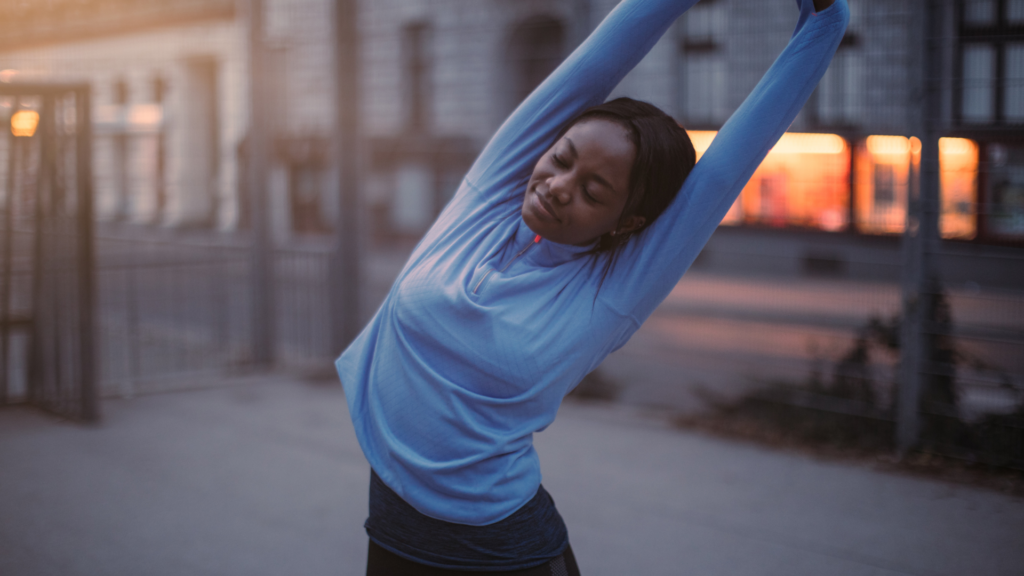What’s This Research About?
This is an opinion paper based on previous research on the effects of and best practices for stretching for athletic recovery.
Stretching for increased ROM and recovery are not the same, in fact, stretching for more ROM may be contraindicated for recovery activities. Recovery stretching should be pain-free within the existing range of motion. Stretching to increase ROM may require longer durations, and more frequent repetitions, and may need to push into more uncomfortable/painful positions to increase tolerance.

TITLE: Stretching and Its Effect on Recovery: A Review
PUBLICATION: Strength and Conditioning Journal
DATE: 2013
AUTHORS: Sands, William A. PhD, CSCS; McNeal, Jeni R. PhD, CSCS*D; Murray, Steven R. DA; Ramsey, Michael W. PhD; Sato, Kimitake PhD; Mizuguchi, Satoshi PhD; Stone, Michael H. PhD, FNSCA
Flexibility: The ROM of a joint or a related series of joints, such as the spine
Recovery: Recovery in sports is a 2-stage process: returning what was lost (i.e., reducing fatigue) and adapting or super-compensating to training demands. It should not be considered complete or effective unless the athlete reaches a higher state of fitness after recovery. The ultimate test of recovery-adaptation lies in the transfer of newly acquired fitness and/or skill to actual sport performance. Some specific recovery goals are to increase blood flow and circulation and reduce edema locally and systemically.
Stretching: The application of force to musculotendinous structures in order to achieve a change in their length, usually for the purposes of improving joint range of motion (ROM), reducing stiffness or soreness, or preparing for (physical) activity”. Different types of stretching can have different purposes: training preparation, training recovery, and joint ROM enhancement. It can be categorized as active or passive, static or dynamic, and acute or chronic.

